Creating a garden that is not only beautiful but also thriving requires careful planning, and one of the most critical aspects of this planning is tree spacing. Whether you’re designing a large estate or a more intimate garden, the proper spacing of trees can make all the difference in both aesthetics and the health of your trees. In this article, we'll delve into the importance of tree spacing, focusing on how it affects your garden's growth, health, and overall design. To illustrate these concepts, we’ll also explore specific trees like Quercus Palustris (Pin Oak), Magnolia Little Gem, and Acer campestre (Field Maple).
The Importance of Proper Tree Spacing
Enhancing Tree Health and Longevity
Trees compete for essential resources such as sunlight, water, and nutrients when planted too close together. This competition can stunt their growth, making weaker trees susceptible to disease and pests. Proper spacing ensures that each tree has enough room to grow and mature fully, leading to a healthier and more robust garden. Well-spaced trees are also less likely to develop structural weaknesses, as they have the space to establish strong root systems and sturdy branches. This enhances their longevity and reduces the risk of damage during storms or high winds.
Optimizing Growth and Form
Trees require space to develop their natural shape and size. Overcrowding can cause them to grow in unnatural ways, such as becoming too tall and spindly or developing a lopsided canopy. Allowing each tree the space it needs ensures it can grow into its full, intended form, which is particularly important for ornamental species like the Magnolia Little Gem. Additionally, well-spaced trees can develop fuller, more symmetrical canopies, which enhances their visual appeal and provides better shade and shelter for other plants in the garden.
Aesthetic Considerations in Garden Design
In addition to health benefits, proper tree spacing is crucial for your garden's visual appeal. Trees that are too close together can create a dense, crowded appearance, detracting from the overall design. On the other hand, well-spaced trees can develop a sense of balance and harmony, allowing each tree to be appreciated for its beauty. Proper spacing also enables you to design with intention, creating focal points, guiding sightlines, and enhancing the overall structure of the garden. By considering spacing early in the design process, you can ensure that your garden looks stunning from day one and matures gracefully over time.
Tree Spacing Guidelines for Specific Species
Quercus Palustris (Pin Oak)
The Quercus Palustris, commonly known as the Pin Oak, is a stunning deciduous tree known for its unique branching pattern and vibrant autumn foliage. It is an excellent choice for creating a focal point in your garden, thanks to its pyramidal shape and deep green leaves that turn a brilliant red in the fall. This tree is favored in larger landscapes where it can stand as a majestic specimen, providing both beauty and shade. The Pin Oak is also known for its adaptability to various soil types, including wet and poorly drained soils, making it a versatile option for different garden settings. Its fast growth rate and relatively low maintenance needs further enhance its appeal for those seeking a tree that combines aesthetic value with practicality.
Key Facts
- Mature Height: 18-25 meters
- Mature Width: 13-16 meters
- Best Uses: Feature tree, shade tree, large garden centerpiece
- Leaf Appearance: Deeply lobed, glossy green leaves that turn vibrant red in autumn
- Rate of Growth: Fast-growing
- Tolerates: Wet soils, clay soils, and urban conditions
Why It’s Perfect to Add to Your Garden
The Quercus Palustris requires ample space to reach its full potential. It is important to allow at least 6-8 meters between this tree and other trees or structures. This spacing ensures the tree can grow into its full, majestic form and allows you to appreciate its striking autumn colors. The Pin Oak’s strong wood and tolerance for various soil conditions make it a long-lasting addition to any high-end garden.
Magnolia Little Gem
The Magnolia Little Gem is a compact evergreen tree that offers year-round interest with its glossy green leaves and large, creamy-white flowers. It’s ideal for smaller gardens or as a decorative element near patios and entrances. Despite its smaller size, the Magnolia Little Gem delivers a big visual impact, with its elegant flowers providing a striking contrast against its rich, green foliage. This tree is also incredibly versatile, thriving in both full sun and partial shade, and it adapts well to different soil types. Its moderate growth rate means it won’t quickly outgrow its space, making it an excellent choice for those looking to add a touch of sophistication to their garden without needing constant pruning or maintenance.
Key Facts
- Mature Height: 4-6 meters
- Mature Width: 2.5-4 meters
- Best Uses: Screening tree, feature tree, ornamental tree
- Leaf Appearance: Dark green, leathery leaves with a rusty brown underside
- Rate of Growth: Moderate
- Tolerates: Full sun to partial shade, a wide range of soil types
Why It’s Perfect to Add to Your Garden
The Magnolia Little Gem is a versatile tree used in various garden settings. However, even with its compact size, proper spacing is crucial. Planting Magnolia Little Gem at least 2-3 meters apart from other trees or shrubs allows it to spread its branches fully, ensuring its flowers and foliage are showcased to their best effect. This spacing also helps prevent the spread of disease and promotes better air circulation around the tree, contributing to its overall health and longevity.
Acer campestre (Field Maple)
The Acer campestre, or Field Maple, is a hardy deciduous tree well-suited to various garden styles. It is known for its attractive, lobed leaves that turn a bright yellow in autumn, making it a popular choice for adding seasonal color to the garden. Beyond its visual appeal, the Field Maple is celebrated for its resilience and adaptability, thriving in urban environments where other trees might struggle. It’s particularly well-suited to areas with poor soil or limited space, as it can tolerate various conditions while maintaining its vibrant appearance. The Acer campestre is also a slow to moderate grower, providing long-lasting beauty without worrying about quickly outgrowing its space.
Key Facts
- Mature Height: 10-15 meters
- Mature Width: 6-9 meters
- Best Uses: Hedging, feature tree, shade tree
- Leaf Appearance: Lobed, medium green leaves that turn golden yellow in autumn
- Rate of Growth: Moderate
- Tolerates: Urban conditions, poor soils, drought once established
Why It’s Perfect to Add to Your Garden
When incorporating Acer campestre into your garden, consider spacing it 4-5 meters apart from other trees or structures. This spacing allows the tree to develop its naturally rounded canopy, providing excellent summer shade. Additionally, the Field Maple’s tolerance for urban conditions and poor soils makes it a reliable choice for less-than-ideal planting sites, ensuring it thrives even in challenging environments.
Practical Tips for Tree Spacing
Consider Future Growth
When planning your garden, always consider the mature size of the tree. A tree that looks small when planted may eventually grow to several times its current size, so it’s important to plan for the future and provide enough space for this growth.
Account for Maintenance Needs
Proper spacing benefits the tree and makes maintenance easier. Appropriately spaced trees are easier to prune, mulch, and water, saving time and effort in the long run.
Enhance Visual Impact
Spacing can also be used strategically to enhance the visual impact of your garden. For example, planting trees in a staggered pattern rather than straight rows can create a more natural, flowing look.
Create Microclimates
By thoughtfully spacing trees, you can create microclimates within your garden. Closely spaced trees can shade more delicate plants, while more open areas allow sun-loving species to thrive.
Frequently Asked Questions
How do I determine the correct spacing for my trees?
Tree spacing depends on the specific species and the intended use in the garden. Always consider the tree's mature height and width and follow guidelines specific to that species. For example, due to its larger mature size, Quercus Palustris requires more space than Magnolia Little Gem.
Can I plant trees closer together to create a dense screen?
Trees like Acer campestre can be planted closer together to create a dense hedge or screen. However, managing their growth may require more frequent pruning and maintenance.
What happens if I plant my trees too close together?
Trees planted too close together can struggle to access the nutrients, water, and sunlight they need, leading to stunted growth, increased susceptibility to disease, and a less aesthetically pleasing garden.
Conclusion
Tree spacing is a fundamental aspect of garden design that should not be overlooked. Whether you're planting a Quercus Palustris, Magnolia Little Gem, or Acer campestre, providing the right amount of space will ensure your trees thrive and your garden remains beautiful, balanced, and luxurious. Remember, thoughtful planning today leads to a healthier and more stunning garden tomorrow.


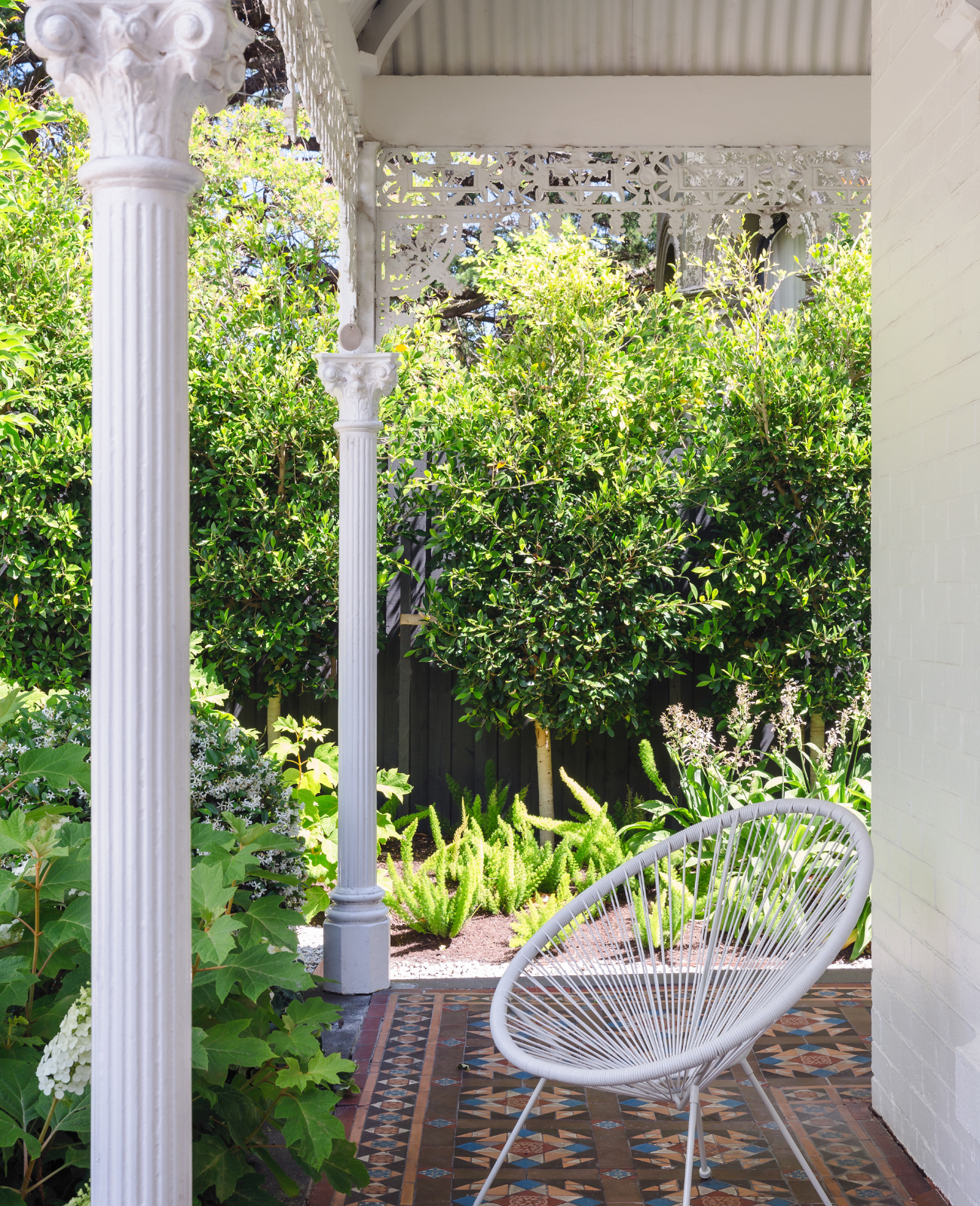

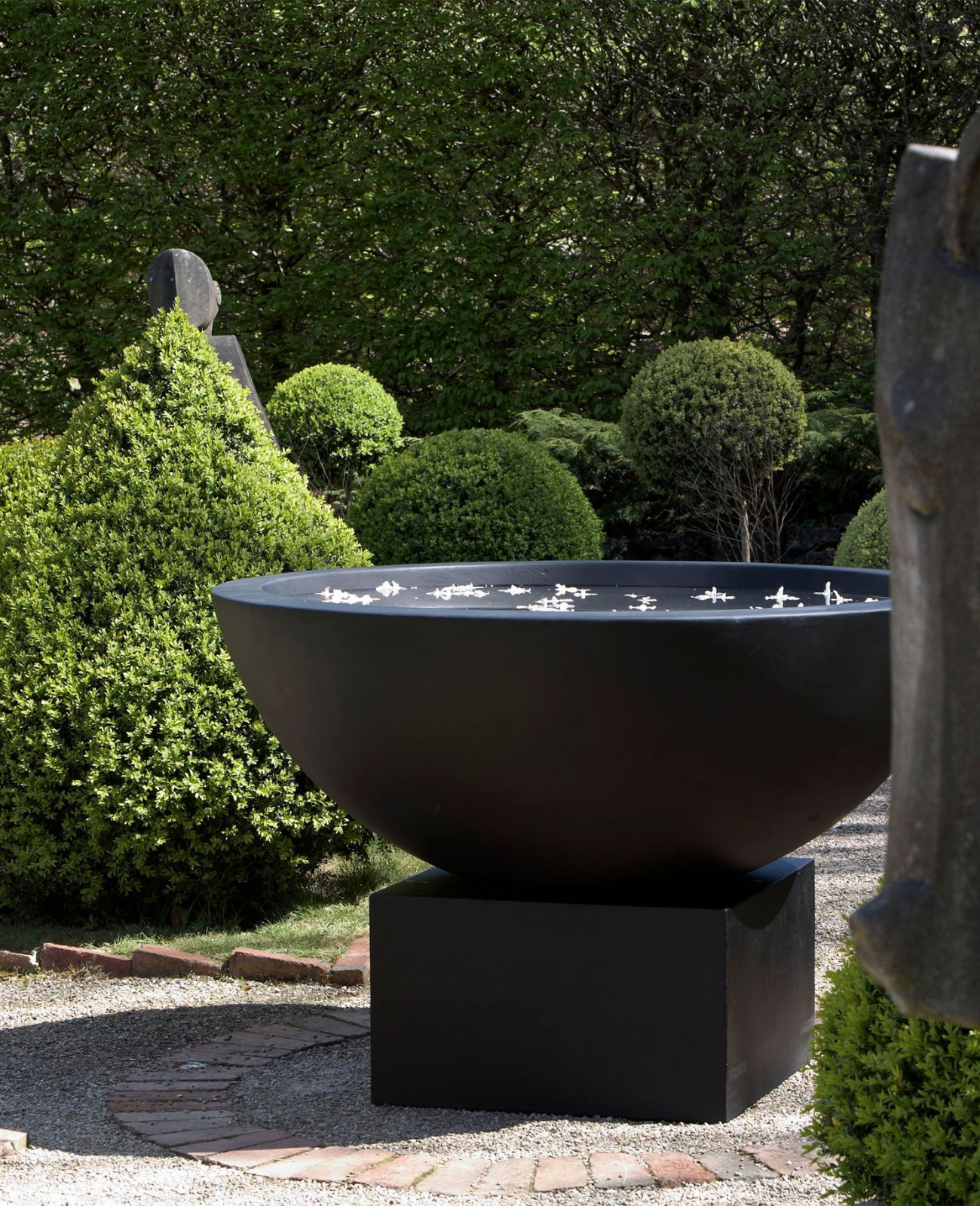
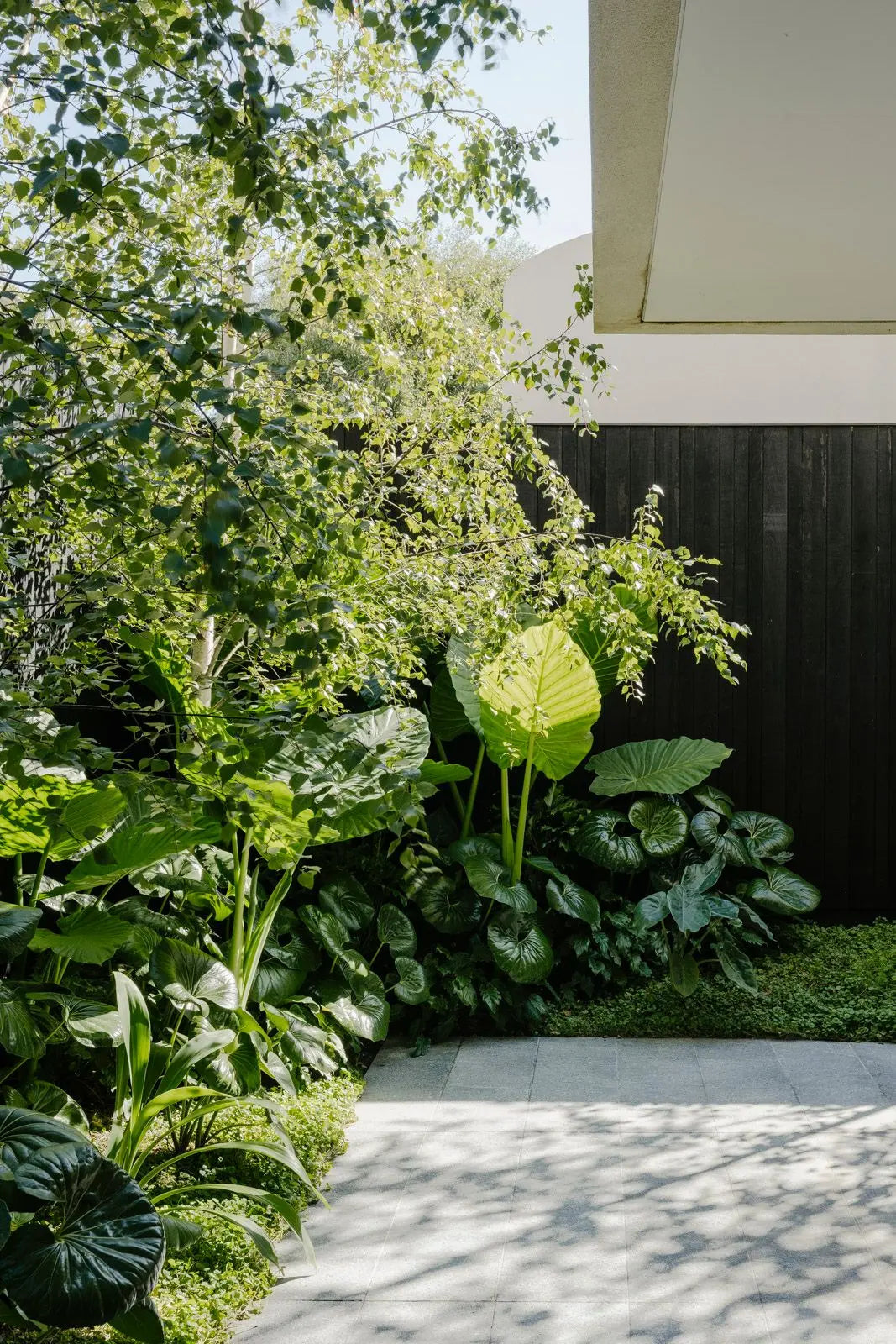
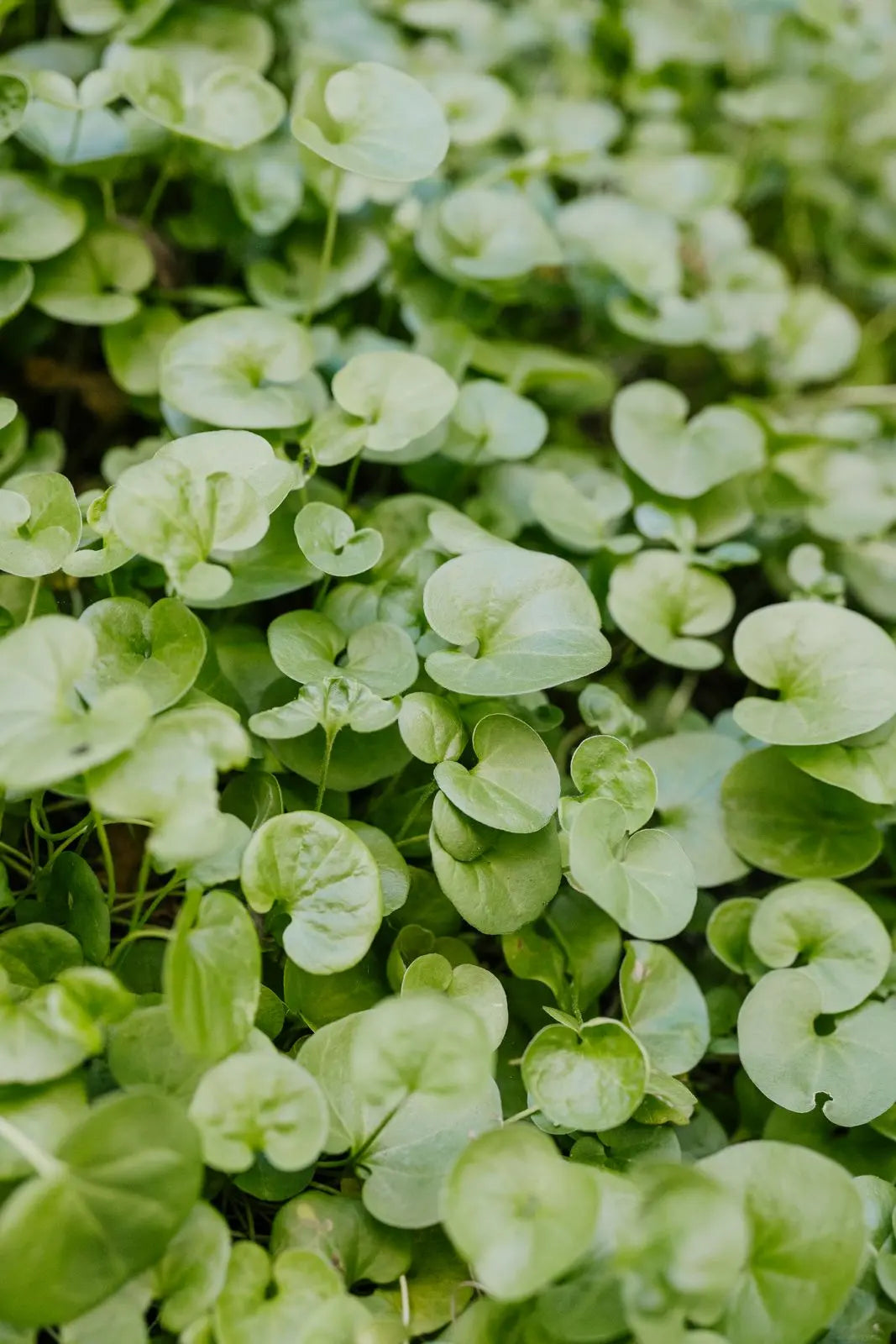
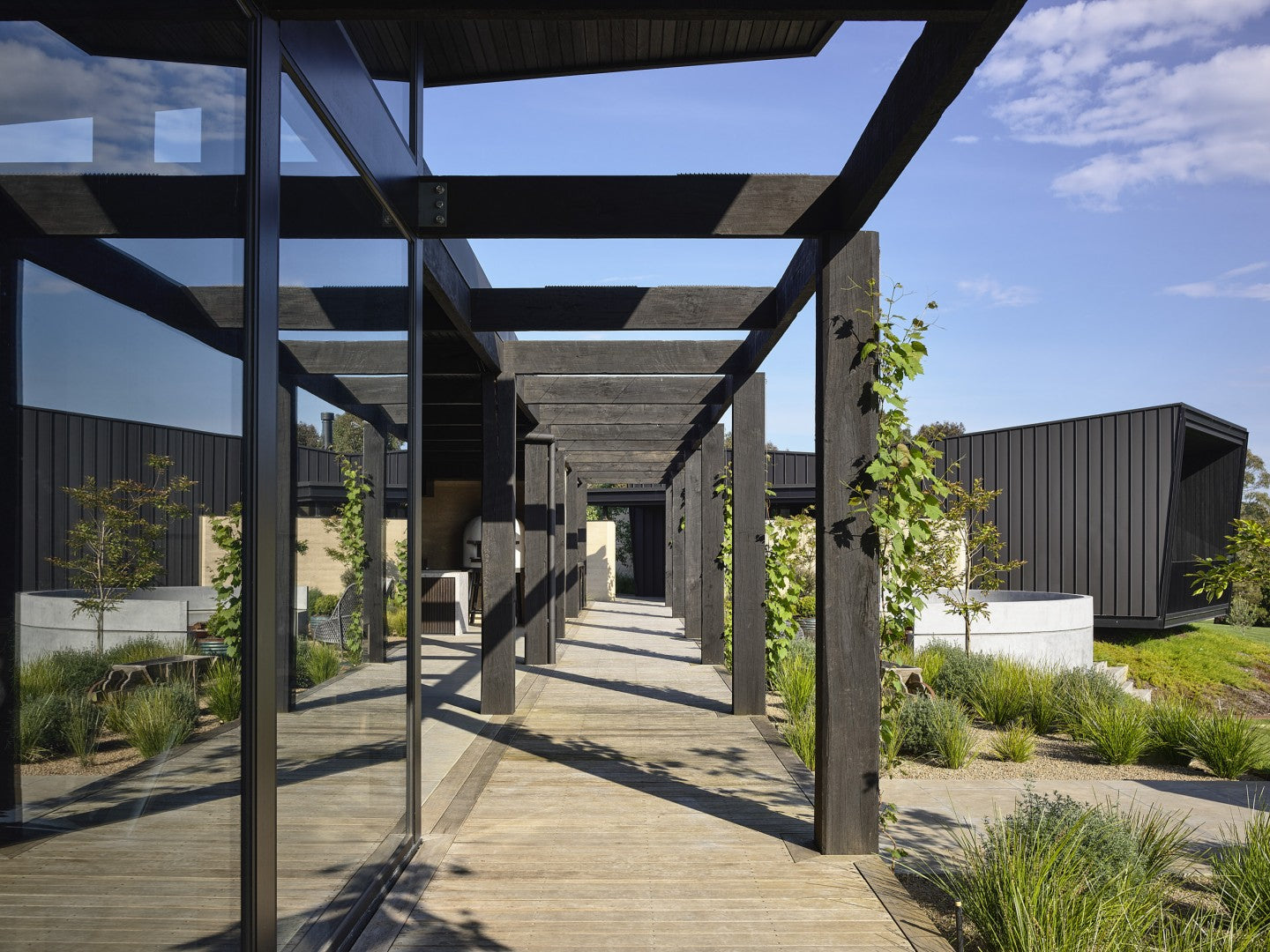
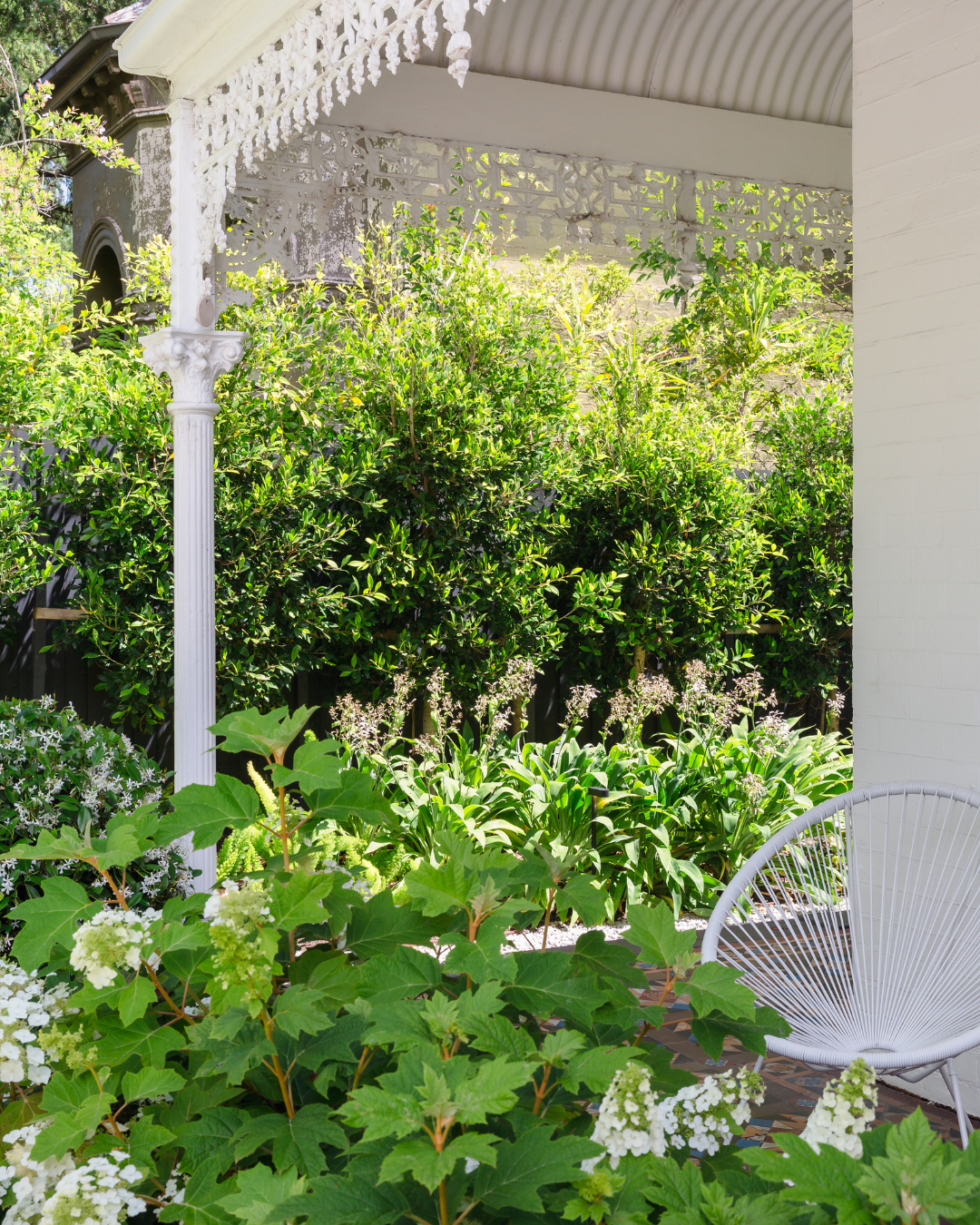
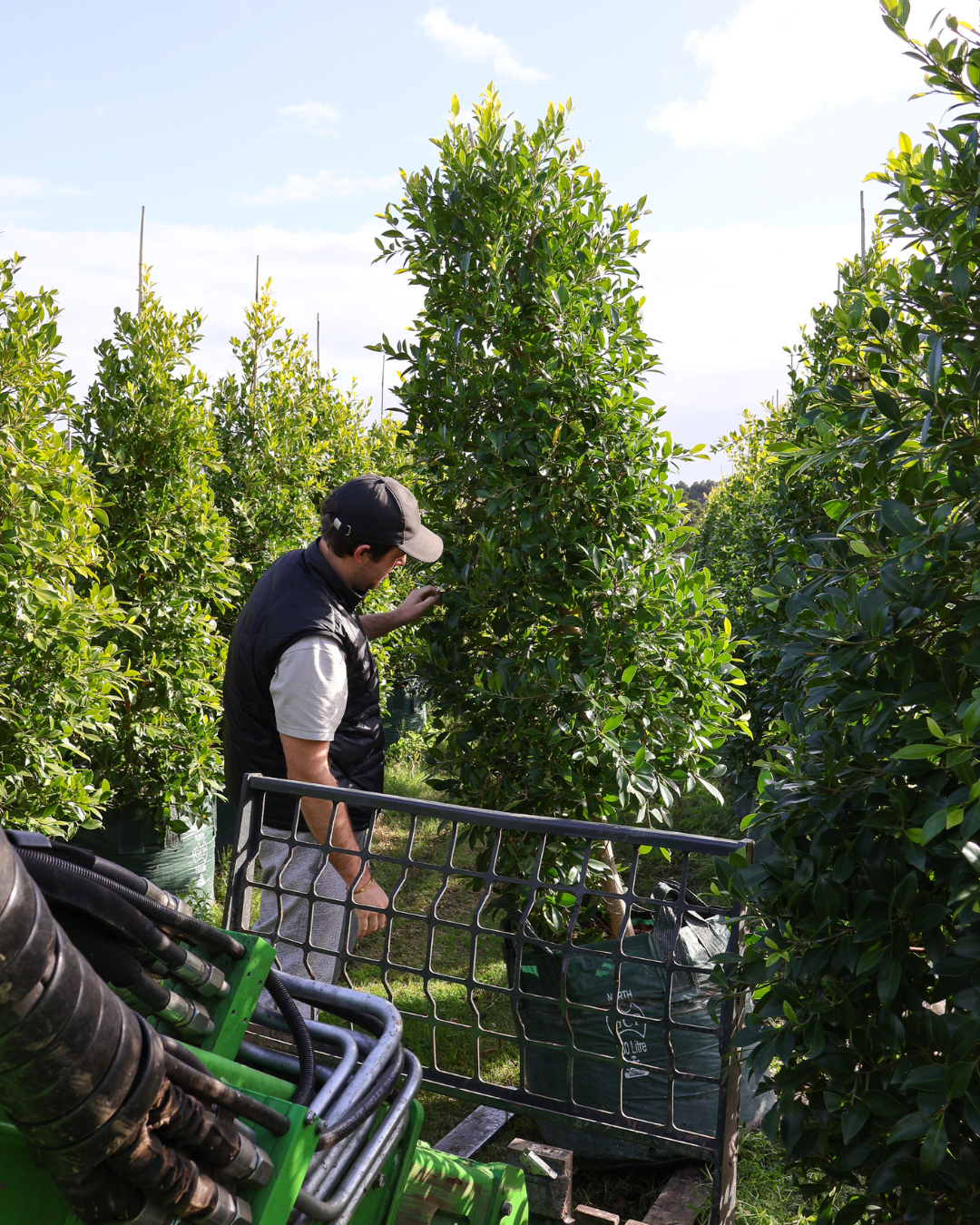
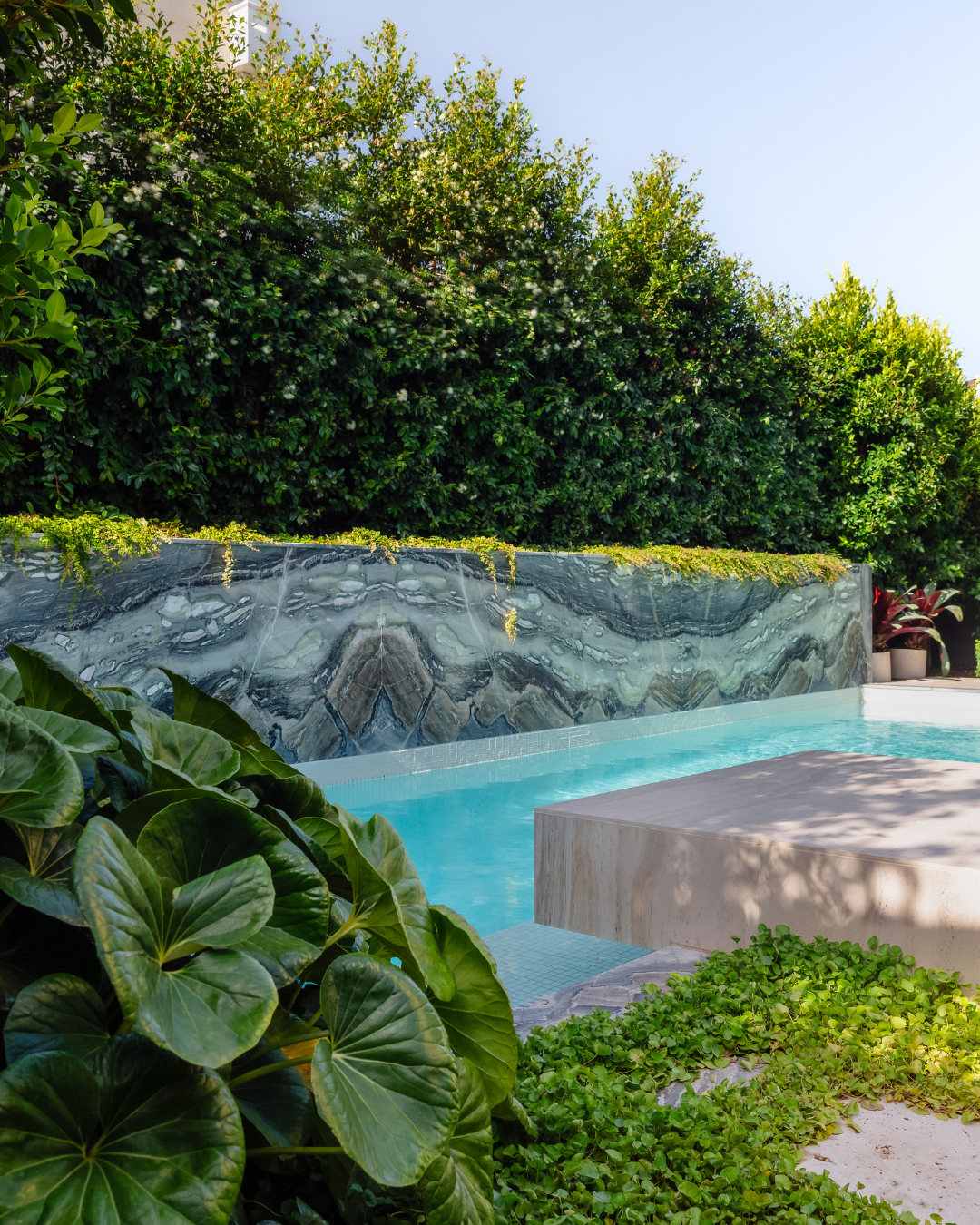

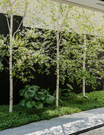
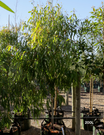
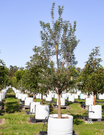
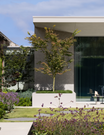

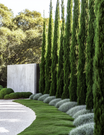

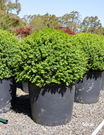
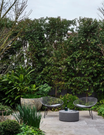

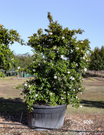
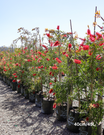
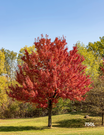

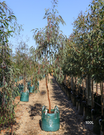
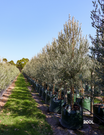

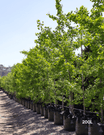
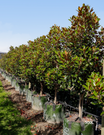
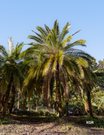
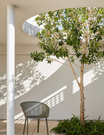
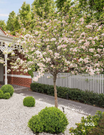






Leave a comment
This site is protected by hCaptcha and the hCaptcha Privacy Policy and Terms of Service apply.